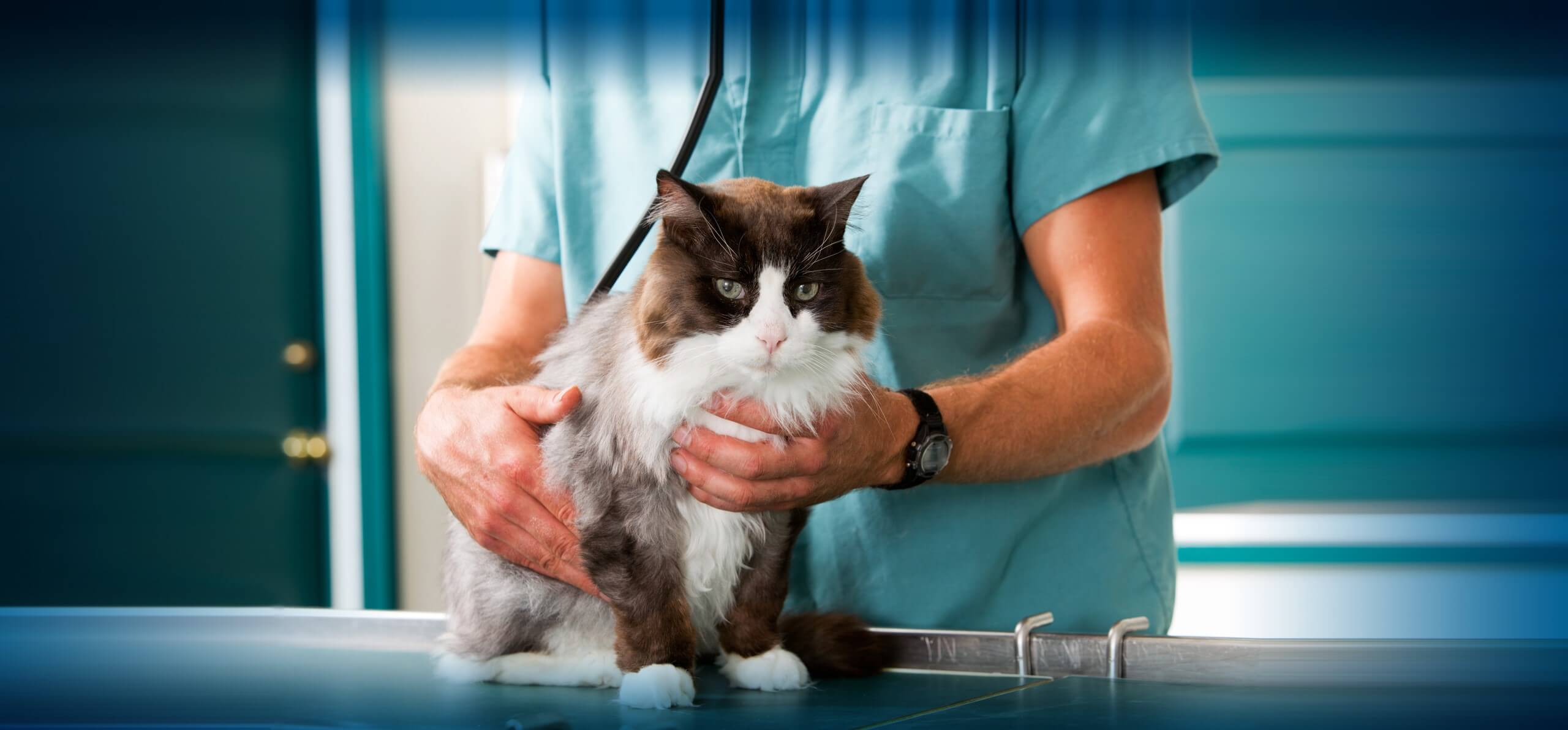Steps that could save your furry family member’s life.
We feel the same way about our furry kids; after all, dogs and cats can get into a plethora of problems or accidents that might lead to choking, drowning and respiratory/heart failure.
It’s wise to arm yourself on the basics so you can administer CPR before the veterinarian is able to treat your four-legged companion.
Urgent: Locate 24-hour care
Before you even learn CPR, be sure you know where your local 24-hour animal emergency center is located as a backup for your family veterinarian. Keep all emergency numbers handy so you can call for professional help before you attempt CPR.
Remember, CPR should only be administered if your pet stops breathing and you can’t feel his/her heart beat. Cardiopulmonary resuscitation is not child’s play. It can be dangerous if not administered correctly so never rehearse on a healthy dog or cat.
If you want to practice on something that approximates your pet’s body, find a stuffed toy to “resuscitate.”
ABCs of CPR
Airway, breathing, cardio/compressions. If your pet is choking, you’ll need to restrain them; hopefully you’ll have another person around to help.
Open your pet’s jaws to see if you can detect the object. If it’s a stick or bone shard, use a large pair of tweezers to retrieve or break the object in half to relieve pressure. If a solid object like rawhide is jammed at the back of your pet’s throat, don’t push it with your fingers because you could lodge it even deeper.
If no object is visible, don’t stick your fingers down your dog’s or cat’s throat because it could damage the delicate tissue that’s back there.
For larger objects, like small balls or chunks of rawhide, place both thumbs under your pet’s jaw at the base of their throat and push firmly upwards. If you still can’t dislodge the object, rap sharply on your pet’s chest, similar to the Heimlich “punch” maneuver done on humans.
If this doesn’t dislodge the object and open your pet’s airway, you should be well on your way to your veterinarian or animal E.R.
Resuscitating smaller pets
For dogs or cats who weigh 30 pounds or less
If you’ve established an open airway, but your pet is still not breathing and unconscious, you can start CPR. First, lay your dog or cat on their right side over a flat surface so their left side faces up.
Extend your dog’s or cat’s head and neck. Use one hand to close their jaw, then form a seal by placing your mouth over your pet's nose. Blow into his/her nostrils every three seconds. Make sure no air escapes between your mouth and their nose.
- Single rescuer: Breathe into your pet’s nose one time for every five compressions you do.
- Two rescuers: Breathe once for every two or three compressions administered by the other rescuer.
Check for a pulse: Bring your pet’s left elbow back toward their chest to locate their heart and pulse point. Locating a heartbeat on fatter, furrier animals can be tricky. Try to feel their pulse by running your finger along their inner paw down to their wrist area just below their dewclaw.
If there’s no pulse, cup your palms above your pet’s heart. You can also put your thumb on one side of your pet’s chest, while keeping your fingers on the other side.
Press down about an inch on the chest (a quarter or a third of the chest’s width) for the count of one, then release for a count of one 100 to 120 compressions per minute is recommended.
Continue the compressions and respirations until your pet begins breathing again and their heartbeat is steady and/or your veterinarian takes over.
Guideline for larger pets
If your dog or cat weighs more than 30 lbs., you still lay them on a flat surface so their left (heart) side faces up.
However, instead of compressing with cupped palms or fingers, you now flatten your palms, one atop the other, over your pet’s rib cage near their heart. Keeping your elbows straight, press down at a rate of 80 compressions per minute, rather than the 100 compressions you would do with smaller pets.
Before you begin the respirations, place your hand over the larger dog’s mouth to close it as you blow air into his nostrils.
Doing anything for the first time is certainly stressful but if you memorize the ABCs of CPR, you’ll be less likely to panic.
If you’d feel less anxious with a CPR certification under your belt, there are some fee-based online classes you can take. Also, check with your local Red Cross to see if they have CPR training for pet parents, you can also learn more about live classes here.
In the meantime, getting certified for cardiopulmonary resuscitation on humans can also reinforce the steps and just might be a lifesaver for friends and family members —including your beloved best pal.
Cardio "Pet" Resuscitation Guidelines
80 chest compressions/minute for larger pets; 100 to 120 compressions/minute for smaller pets.
Chest is compressed approximately one inch with pet laying on its right side.
One rescuer mouth-to-snout ventilation: Administer one breath for every five compressions.
Two rescuers: One breath per two or three compressions. Perform compressions in two-minute cycles, taking turns doing compressions and breathing.
Did you know?
In 1992, the Red Cross gave the “Resusci” family (Anne, Randy, Junior and Baby) a furry rescue, Resusci-Rover, to teach CPR to pet parents in Florida.
Like the rest of the faux human clan, Rover is a life-sized dog mannequin who responds as if he were in cardiac and respiratory distress. Back then Resusci-Rover cost $900.





